Early Days of Early Music by the Bay
In a perceptive, two-part article in San Francisco Classical Voice (April 2, April 23, 2002) Michelle Dulak discussed what she called the Bay Area’s early music “ecology,” noting that our region had achieved a critical mass which not only made possible performances of a wide range of large-scale early music works; it fostered interactions among musicians and between musicians and music supporters that led to a constant genesis of new ensembles and new projects, delving ever deeper into a growing repertory. “That the Bay Area’s Early Music community has passed [the point of critical mass] cannot be in doubt,” Dulak wrote; “how it happened is less clear. But that the San Francisco Early Music Society (SFEMS) played a major role is obvious.” At another point she wrote, “There’s an early-music community in the Bay Area because a small number of players and advocates have pushed for early music in the Bay Area. Something almost alarmingly verdant can grow from a very small seed.”
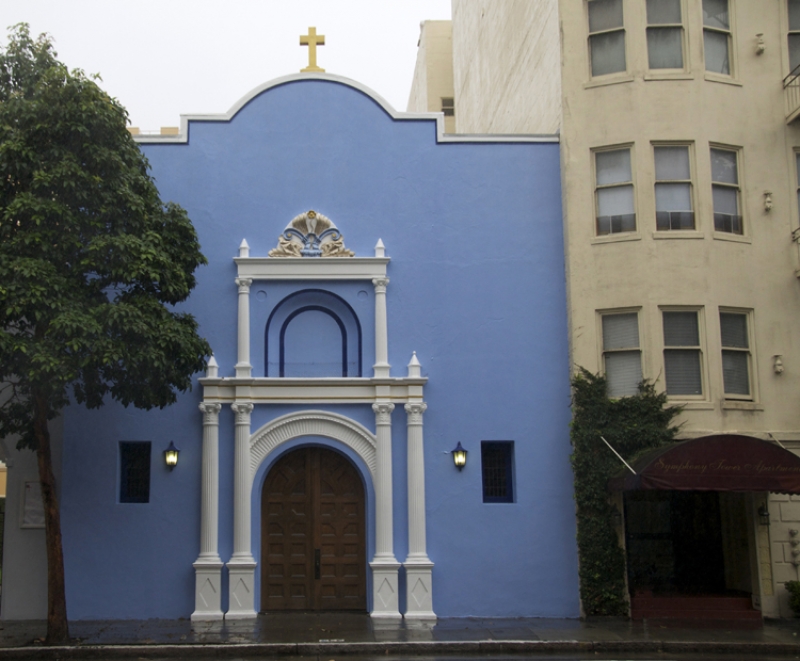
Church of the Advent, San Francisco
What was that seed, and why it germinate here? No doubt there were more than a few seeds, and many things about this region made it fertile ground for them to grow into such a community. The Bay Area enjoyed notoriety in the post-War era as a center of cultural diversity and experimentation in music as in all the arts. Academic programs flourished, not only at the major post-secondary institutions—UC Berkeley, Stanford, and the San Francisco Conservatory, where such eminent figures as Philip Brett, Alan Curtis, Laurette Goldberg, and George Houle were active as teachers, scholars, and performers—but also at the level of primary and secondary music education, where the Junior Bach Festival and Berkeley High School’s outstanding music program inspired a generation of young musicians, some of whom (Bruce Haynes and Lorraine Hunt among others) went on to become artists of international stature. Finally, the Bay Area was a hotbed of popular, amateur interest in early music, manifest in everything from informal madrigal singing groups to larger community choirs with an early music emphasis, such as the San Francisco Bach Choir and California Bach Society, to enterprises like the Renaissance Faire. For all these reasons, by the mid-1970s, the seeds of a major early music movement were germinating.
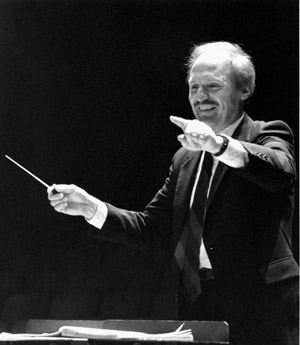
On October 15, 1975, a half-dozen amateur singers associated with a small Episcopal church in downtown San Francisco founded SFEMS to promote early music in the Bay Area. From the very beginning, they grasped the importance of tapping the synergistic potential of a diverse community. First, they made the Society a membership organization. Using the mailing list from the Ken Johnson’s beloved early music shop, Musica Antiqua, to recruit members, they sought out their original Boards of Directors from across the spectrum of enthusiasts: professional musicians and academics such as Goldberg and Brett; dedicated amateurs like Robert Dawson and Lee McRae and many others whose names you may not know but who did massive amounts of important work; they also included instrument builders like Lyn Elder and John Phillips, entrepreneurs like Johnson and somewhat later Joseph Spencer, music publishers like Peter Ballinger, and many others. The Society’s self-concept embraced the full range of early music activities that define the organization today: a concert series, education programs, outreach, and support for emerging artists. Essentially all of the programs SFEMS now funds and administers were in place and functioning within five years.
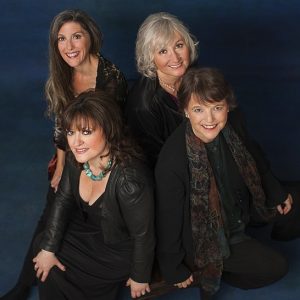
SFEMS has seen its overarching role as a generative and nurturing organization. Each of the Society’s programs has had a significant impact on the development and vitality of the Bay Area’s early music community and the stature it now enjoys. There were and are other concert series presenting early music in the area, sometimes on a scale far grander than we ever could (recall Mark Morris and Philharmonia’s production of Rameau’s Platée), but SFEMS has earned a reputation as the region’s premier presenter of early music chamber ensembles and soloists, both for the uniformly high quality of our artists and for the sheer number we have presented. A list of those who’ve appeared on the SFEMS concert series is a veritable Who’s Who of historical performance, everyone from singers like Emma Kirkby, Julianne Baird, Max van Egmond, Anonymous 4, and The Hilliard Ensemble; to such pioneers and giants of their instruments as Frans Brüggen, Wieland Kuijken, Jordi Savall, Bruce Dickey, Gustav Leonhardt, and Hopkinson Smith; to dynamic and visionary groups, from Ensemble PAN to Fretwork to Quicksilver. And equally impressive artists have come from within our own community. The series has given audiences the chance to see and hear the likes of Judith Nelson, Elizabeth Blumenstock, and Davitt Moroney on an intimate scale that would be impossible at their appearances with Cal Performances or Philharmonia Baroque. And it has given emerging local artists both support and exposure, as well as the opportunity to develop unusual or ambitious projects.
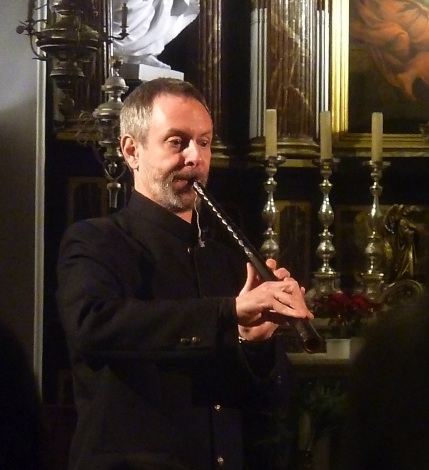
The SFEMS education programs, which date from the late 1970s, have helped bring the experience of early music to thousands, through lectures, workshops, and collegia, which together serve children, adult amateurs, pre-professionals, and professional musicians, and fulfill our dual missions of making music a popular, participatory activity and of creating a sophisticated audience. Our summer workshops in particular are structured to provide opportunities for musicians at all levels. Over the years quite a few prominent professionals and pre-professionals have attended. Mezzo-soprano Wendy Hillhouse, then with the Metropolitan Opera, attended the Baroque Workshop in 1995 to learn more about baroque style for a Monteverdi role she was preparing. For one irrepressible teenager named Doron Sherwin the experience was life changing. He came to the Renaissance Workshop in its early days to study shawm, but discovered the cornett, and went on to become one of the world’s greatest performers on that instrument. The Saurus Ensemble, a distinguished a cappella quartet from Japan, attended the Medieval Workshop around 1990 to study repertory and style and later were presented by Cal Performances as a Main Stage event at the 1994 Berkeley Festival. And many other of our most distinguished early music performers attended when they were younger. Shira Kammen, Lisa Grodin, Gonzalo Ruiz, and Farley Pearce are just a few of the more familiar names.
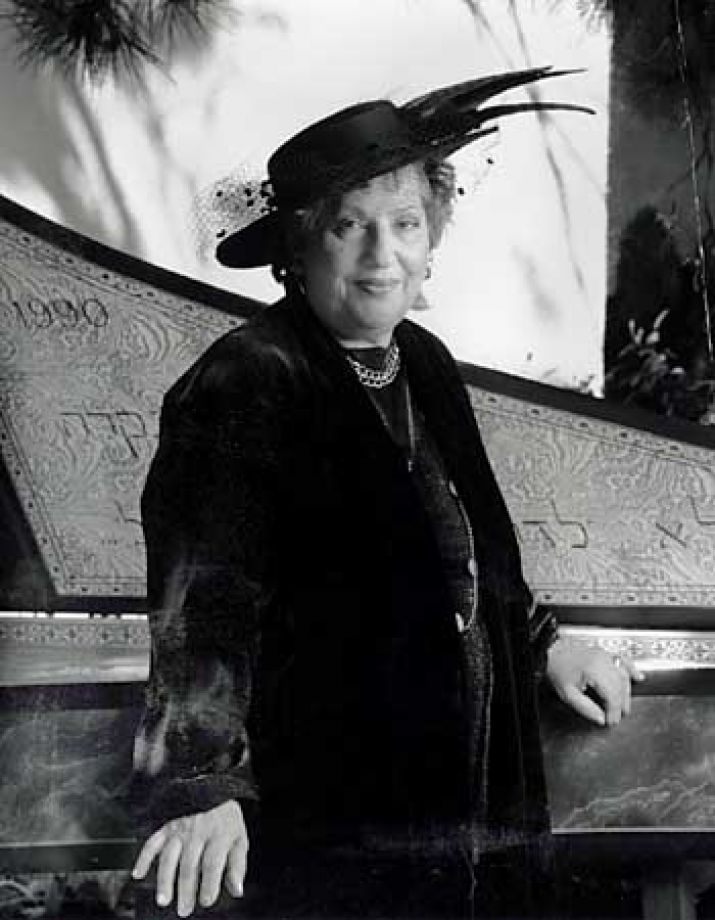
SFEMS’s Affiliates Program has been instrumental in fostering the growth of early music in the Bay Area in quite a different way. The late 1970s were a period of tremendous ferment and grass-roots activity in the local community. SFEMS had just been founded, a small group of enthusiasts, many of them musical amateurs and beginning professionals. Only a few distinguished artists, such as harpsichordists Laurette Goldberg and Jean Nandi, had established careers here; most of the musicians whose names are now so well known to local audiences were either still in school or had just recently graduated and moved to the area. As the population of musicians reached the critical mass to which Dulak referred, new ensembles began to form, and many of the new groups sought grants from public agencies and foundations to further their musical projects. Funding organizations, however, normally required a track record of at least two to three years as proof of an applicant’s reliability before they would commit their resources. So the new ensembles were frozen out of the very funds that would enable them to bootstrap themselves to the point where they would have the credibility necessary to receive funding. The Affiliates program was set up in 1980 to provide an umbrella—or better, perhaps, a funnel—for artists to apply for funds as Society affiliates. SFEMS was young but nonetheless an established non-profit organization with clear educational goals and a proven record. The first groups to become affiliates were Robert Dawson’s Renaissance band, Pastime With Good Company; the medieval group La Corte Musical, which later became Ensemble Alcatraz; and the vocal ensemble Chanticleer. Two other early affiliates were Laurette Goldberg’s unique resource center, MusicSources, and the newly formed Philharmonia Baroque Orchestra. All of these organizations were successful in obtaining grants through their association with the Early Music Society, as well as benefiting from the use of SFEMS’s bulk mailing permit for publicity.
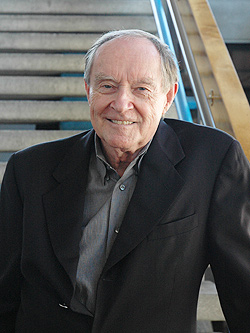
Photo: Wendy Edelstein
SFEMS has granted Affiliate status to dozens of individuals and organizations over the years. The number has fluctuated as groups have formed and disbanded. Some, such as Chanticleer, Philharmonia, and Magnificat, grew to the point where it made sense for them to move on and form their own non-profit corporations. But many of our area’s most prominent chamber ensembles remain Affiliates, including such notables as Musica Pacifica, the New Esterházy Quartet, and The Whole Noyse. Currently, SFEMS has some three dozen affiliate groups, including concert presenters, medieval, Renaissance, baroque, and Classical era chamber ensembles, as well as educational and recreational societies.
Another example of the quiet but critical support SFEMS has provided to Bay Area early music came in 2004, when the California state budget was in crisis, and Cal Performances, founder and senior presenter of the biennial Berkeley Festival and Exhibition, had to withdraw support. There was some question as to whether so ambitious an undertaking could realistically continue, and some observers were saying that for all intents and purposes the Festival was dead. Certainly, it would not happen in 2004. However, a funny thing happened on the way to the morgue. The community stood up and said This will not end. We will have our Festival. Early Music America jumped in to underwrite the Exhibition and organized a conference to run concurrently, while SFEMS did what it had done from the first Festival in 1990, helping organize and channel the tremendous grass-roots enthusiasm into what turned out to be a wildly successful Fringe Festival. Performer enthusiasm and attendance were enormous, and the excitement kept the whole enterprise alive. Since then, SFEMS has taken on an ever greater role in planning and administering BFX, and in 2014, we took over as principal presenter from Cal Performances.
In trying to assess the contributions of SFEMS over four decades, one is struck by the sheer tenacity of an organization that has managed to do so much on such a small budget, thanks largely to the generosity and dedication of many volunteers, our board, and a small staff of semi-volunteers. Call it an expression of Left Coast culture, which always has touted its spirit of self-reliance. Call it too an expression of community, however, of shared experience and common purpose. The story of The Berkeley Festival That Almost Wasn’t is emblematic of both the struggles arts organizations face and the spirit which keeps them alive. Almost every SFEMS program, and indeed the Society itself, has faced serious financial challenges at one time or another, but in each case, they have come back stronger because members and the community insisted they must. Former SFEMS President Kathleen Kraft once was asked what the Bay Area’s early music community would do if the Society suddenly ceased to exist. “Oh,” she replied matter-of-factly, “we’d just turn around and found it again the next day.”












